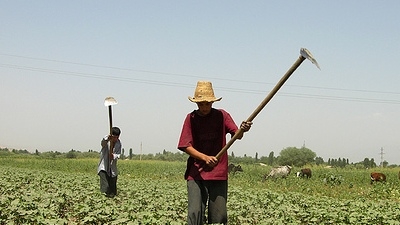Meeting international goals for food security and inclusive green growth will require better integrating the management of land, forest, and water resources. Consider these facts:
- Agricultural production must increase by 70 percent to feed the growing population, with little increase in available land and water;
- By 2025, nearly two-thirds of countries will be water-stressed and 2.4 billion people will face absolute water scarcity;
- Forests cover 25-30 percent of the earth’s land surface and absorb about 15 percent of the planet’s greenhouse gas emissions;
- Agriculture accounts for more than 70 percent of the world’s fresh water use and about 14 percent of global greenhouse gas emissions, or approximately 30 percent when considering land-use change, such as deforestation driven by agricultural expansion for food, fiber, and fuel.
Integrating management of resources across landscapes will help to maximize productivity, improve livelihoods, and reduce negative impacts on the environment.
That could involve restoring degraded parts of the landscape; enhancing productivity on the most fertile land; integrating different production systems such as livestock, crop, and tree production into the same landscape; and including local communities in the design and implementation of the approach to managing a landscape.
Leaders will be using the Rio conference to share best practices, and we will be encouraging holistic solutions.

